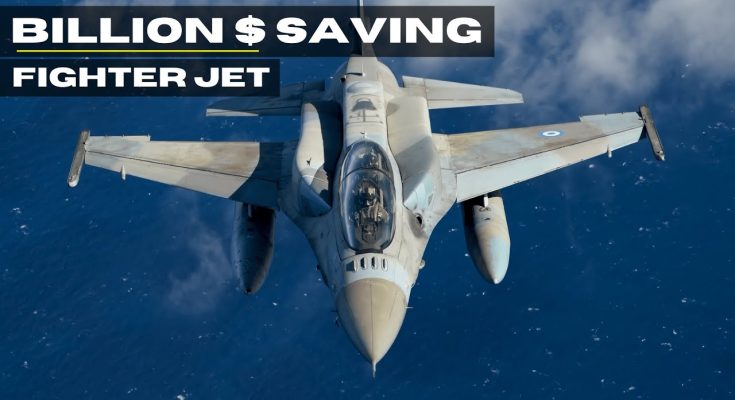F-16 Vipers, Mirage F1 & Top Aces F-16A at Luke AFB | Afternoon Sorties!
Luke Air Force Base, located in Glendale, Arizona, serves as one of the most vital training hubs for U.S. Air Force pilots, particularly for those flying the F-16 Fighting Falcon. A beautiful afternoon at the base witnessed an impressive display of military aviation as the skies above were filled with a mix of F-16 Vipers, Mirage F1 aircraft, and Top Aces’ unique F-16A Fighting Falcons. These afternoon sorties provided a visual spectacle that showcased the capability, versatility, and history of these iconic aircraft.
F-16 Vipers: The Workhorse of the U.S. Air Force
The F-16 Fighting Falcon, known as the “Viper” in Air Force slang, is a multirole jet fighter renowned for its agility, speed, and efficiency in both air-to-air and air-to-ground missions. During the afternoon sortie, several F-16 Vipers from various squadrons took to the skies for training exercises designed to sharpen pilots’ combat skills. The F-16’s small size and maneuverability make it an ideal platform for simulated dogfights, bombing runs, and defensive tactics.
These sorties are not just about flight skills; they are also about ensuring that pilots can perform under pressure. The complex air combat training missions saw pilots practicing high-speed maneuvers, evasive tactics, and close-quarter combat engagements. The F-16’s capabilities, including its advanced avionics and weapon systems, make it an ideal tool for both training and real-world combat scenarios. The roar of the engines echoed across Luke AFB as these Vipers showed exactly why they have been a mainstay of the Air Force for decades.
Mirage F1: A Glimpse of Legacy
In contrast to the modern F-16s, the Mirage F1 was a rare yet exciting presence at Luke AFB during this sortie. Originally designed in the 1970s by the French company Dassault Aviation, the Mirage F1 is an older but still formidable fighter jet. Known for its sleek design and high-performance capabilities, it was used by numerous air forces across the globe, and even though it’s less common in U.S. operations, its presence at Luke provided a fascinating connection to the past.
The Mirage F1 that participated in the training exercises was likely from an allied foreign military, showcasing a combination of agility and versatility. The sorties involving the Mirage F1 allowed U.S. pilots to practice tactics against aircraft that are no longer part of their regular inventory but are still operational in other parts of the world. Engaging with a variety of aircraft enhances a pilot’s ability to think on their feet and adjust to different combat scenarios, whether facing older jets or the latest technology.
Top Aces F-16A: A Contractor’s Edge
Top Aces, a private contractor that supports the U.S. military with adversary air training, flew their F-16A Fighting Falcons during the afternoon sorties. These F-16As, an earlier model of the Viper, are used by Top Aces to simulate enemy threats during training exercises. They are modified to replicate a range of potential adversary aircraft, offering a cost-effective way to simulate realistic combat scenarios.
Top Aces has built a reputation for providing highly skilled “enemy” pilots who engage with U.S. military forces in training, pushing pilots to think critically and react swiftly in real-world combat conditions. The F-16A is a perfect platform for these engagements, as its older avionics and weapon systems provide a challenge for more advanced aircraft. Watching the F-16A go head-to-head with modern Vipers during the sorties offered a glimpse into the dynamic nature of air combat training, highlighting the importance of adaptability and experience.
Conclusion
The afternoon sorties at Luke AFB were a testament to the evolution of aerial warfare and the critical role of training in maintaining combat readiness. The diverse range of aircraft—F-16 Vipers, Mirage F1, and Top Aces’ F-16A—provided both pilots and onlookers with a rich experience, demonstrating the history, technology, and skill required to succeed in modern air combat. Whether it was the agility of the Vipers, the legacy of the Mirage F1, or the simulated adversary role played by the F-16A, each aircraft contributed to an unforgettable training exercise that will enhance the capabilities of tomorrow’s Air Force pilots.



